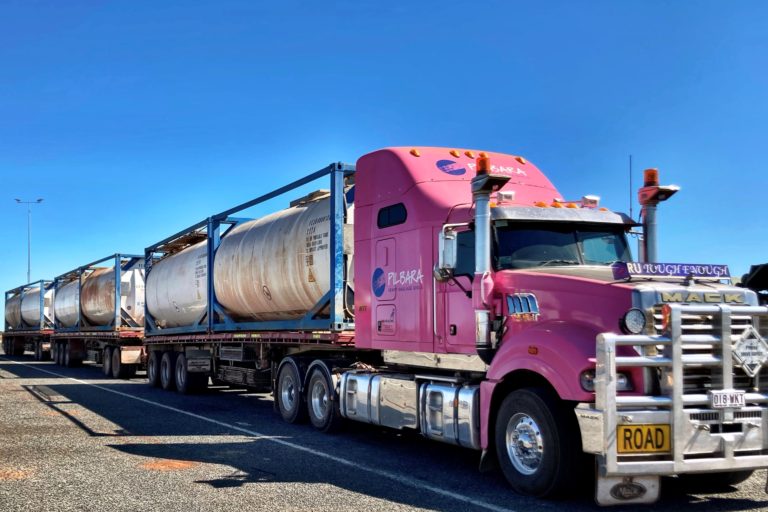By Neena Bhandari
Sydney, 21.01.2013 (Business Standard): Wheat collaboration between Australia and India is likely to be extended, after experiments combining strengths in each other’s varieties show rising promise.
India and Australia are collaborating on research to enhance the volume and quality of grown wheat. The five-year bilateral programme on marker-assisted wheat breeding concludes in May 2012 but is set to be extended.
It has been exploring molecular technologies, management practices and more heat-tolerant cultivars, to face the challenges of climate change. India and Australia are particularly vulnerable to increasing temperatures, warns a leading Australian wheat scientist.
“In Australia, wheat is rain-fed and will be adversely affected by the combined impact of higher temperatures and drought. In India, increasing temperature linked with lowering water tables would mean farmers will be unable to irrigate with the current frequency. This will result in difficult production conditions and reduction in total yield,” says Richard Trethowan, director, A Watson Grains Research Centre, University of Sydney. India is the second largest producer of wheat and Australia seventh in the world. India produces all its consumption; Australia is the second largest global exporter of wheat and, so, a major contributor to global food security.
Australian wheat exports in 2010-11 were up 50 per cent to A$5.5 billion and are forecast to increase by 13 per cent in 2011-12 to a record 21 million tonnes, with the value to rise to A$5.7 bn, according to the Australian Bureau of Agricultural and Resource Economics and Sciences’ report for the December quarter.
In 2007-2008, Australia exported 8,435 tonnes to India. In 2009-10, it was 238,886 tonnes worth A$67.7 million and in 2010-2011, about 135,587 tonnes worth A$35.6 mn. India’s demand is triggered by shortfall in domestic supply or to stabilise upward swings in consumer prices.
Australia’s marketing advantage has been the colour of its wheat. It exports white wheat with high protein and good rheological properties (the dough balance) suited for a range of products from steamed, big volume, flat breads and noodles to pasta. And, India has made tremendous advances in developing high yielding, disease resistant cultivars.
“By crossing high quality, lower yielding Australian material to high yielding, low quality Indian material, we have got all the genes that you need to produce high quality and high yield with disease resistance,” Trethowan told Business Standard.
Interestingly, India-Australia wheat research links date back to the early 20th century, when a pioneering Australian wheat researcher, William Farrer, brought the grain from India. He cross-bred Indian and European wheat and produced a distinctly Australian wheat that was adapted to the continent’s hot and dry conditions.
“When we got the DNA fingerprints of the Indian and the Australian materials, we found they were genetically quite different. We then negotiated a material transfer agreement and exchanged material and tested them in each other’s environments and found they did really well. If you look at the black soil plains of northern New South Wales, they are just like Punjab,” adds Trethowan.
An important focus of the collaboration has been improving the grain quality. Australian breeders over many years have improved the underlying market quality of the wheat, which has high protein and stronger dough, suitable from chappatis to breads. Indian breeders have concentrated on increasing the yield. “So, Australia is taking advantage of the progress in yield Indian breeders have made and India is taking advantage of the progress we have made in grain quality,” explains Trethowan.
By combining 30 years of progress by scientists and breeders in both countries, he says, “We have probably skipped ahead 20 years. We are crossing the two gene pools and sharing the lines. The same Indo-Australian lines are now growing in our fields and in India.”.
Under the arrangement, each country maintains ownership of the original parents, but the lines derived in crosses are freely available for use within the country for commercial use. If either country decides to send the derived lines to a third country, there has to be an agreement between both.
“In plant breeding, it takes up to 12 years from the time the cross is made to when the farmer sees the seed. By using molecular technology efficiently, we can reduce the process by up to five years. The new Indo-Australian materials have been sown in Indian fields during October-November and are being checked for their performance for the very first time. In Australia, the material will be planted in May. Once we are through testing and the materials have shown some superior performance, they will go into the varietal release mechanism and will be made available to farmers,” Trethowan told Business Standard
The collaborative link is co-funded by the Australian Centre for International Agricultural Research (ACIAR) and the Indian Council of Agricultural Research (ICAR). Australia is putting in A$500,000 annually and India A$300,000 per year, over five years.
The government here is currently undertaking a review on whether to extend the collaboration. “Subject to a favourable review, we will be able to extend and diversify the collaboration towards developing wheat cultivars that are better adapted to zero tillage, a situation where the farmers don’t till the soil but sow the next crop directly into the residues of the previous crop, thereby saving fuel, sequestering carbon in the system, and saving moisture in the soil. The other aim is to utilise all the available technologies to give better cultivars faster to farmers,” said Trethowan.
The research has been taken from lab to farm with breeders. In India, the primary partners being Punjab Agricultural University, Ludhiana; Directorate of Wheat Research, Karnal; and National Centre for Plant Bio-technology, Delhi. In Australia, it is the University of Sydney, with links to the commercial wheat breeding companies, LongReach Plant Breeders and Australian Grain Technologies, to assess the material for potential delivery to farmers. In the past two years, the collaboration has expanded to include other partners in India — Agharkar Research Institute, Pune, and Indian Agricultural Research Institute’s regional office in Powerkheda.
In 2011-12, Australian wheat production is forecast to be the highest on record, at 28.3 mt and wheat production in India is estimated to be six per cent higher, at 86 mt.
Bertus Jacobs, senior wheat breeder at LongReach Plant Breeders in Adelaide, told Business Standard: “This collaboration will be really beneficial to us, especially in incorporating new diversity into our programme. By crossing Australian and Indian germplasm and making selections in different environments, we will be able to bring new diversity into our breeding pipeline. We are keen to see how the Indian materials can improve yields in the Australian environment. Also, Australia has got various diseases, for example, rust. We are hoping to find some new resistant genes in the Indian germplasm that hasn’t been deployed in Australia before to use as an alternative disease resistances in our breeding programme.”.
LongReach Plant Breeders, a joint venture between Swiss company Syngenta Seeds and Indian company Advanta, was established in 2003 with the sole purpose of developing wheat varieties for Australia, specifically for the export market. This January, Jacobs will be in India with the intent of setting up some research collaborations with Indian breeding companies.
The project’s long-term economic and social benefits will extend to poverty alleviation, food security and improved equity within the farming community.
© Copyright Neena Bhandari. All rights reserved. Republication, copying or using information from neenabhandari.com content is expressly prohibited without the permission of the writer and the media outlet syndicating or publishing the article.


